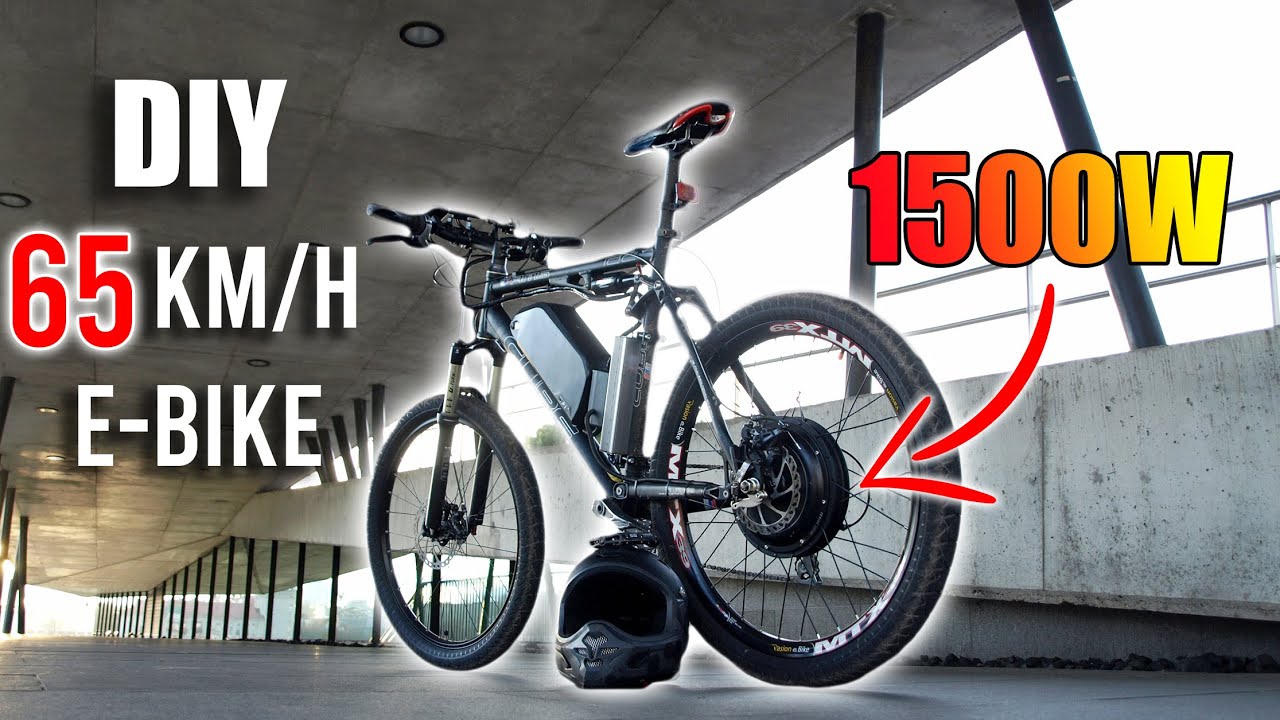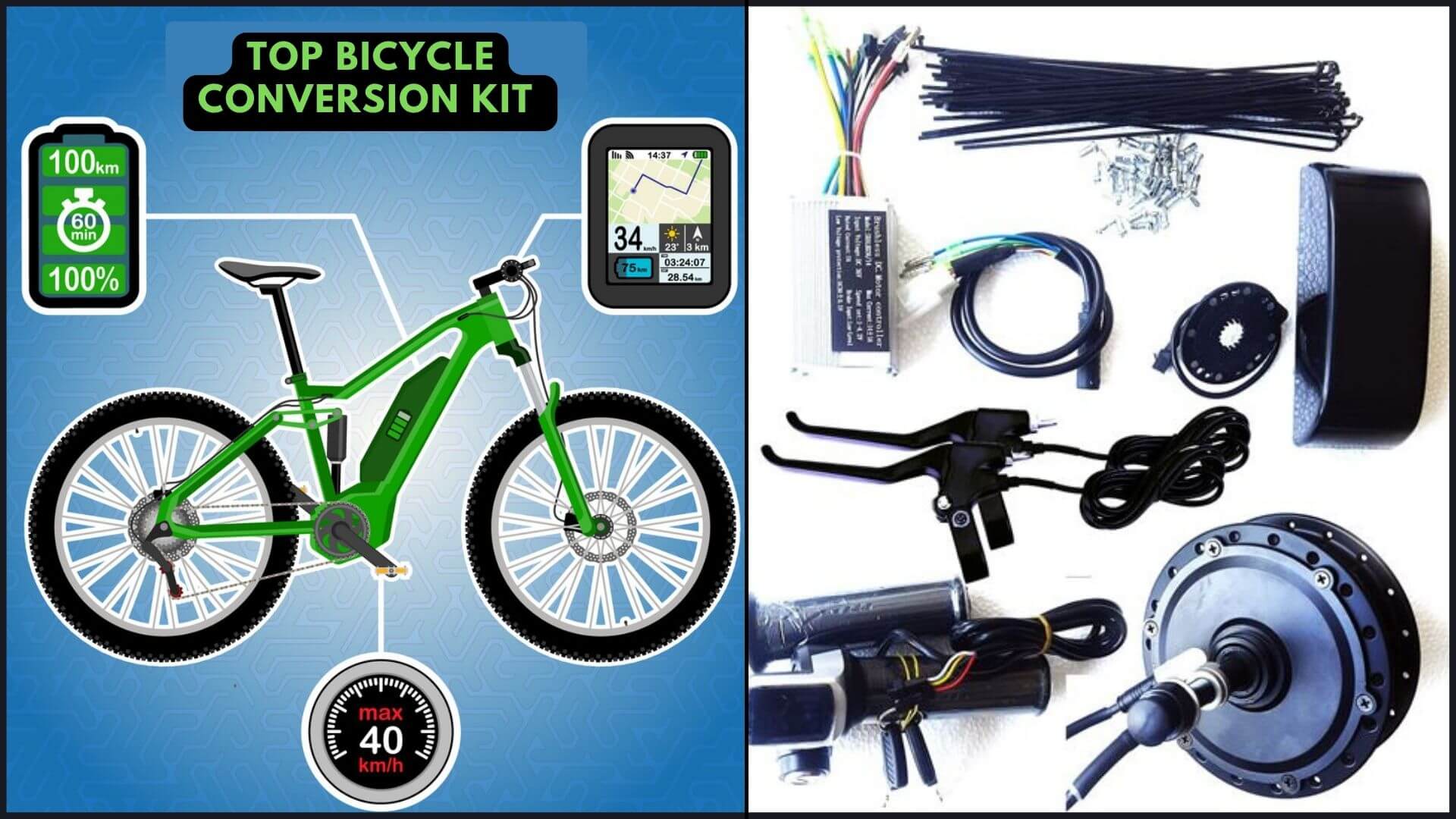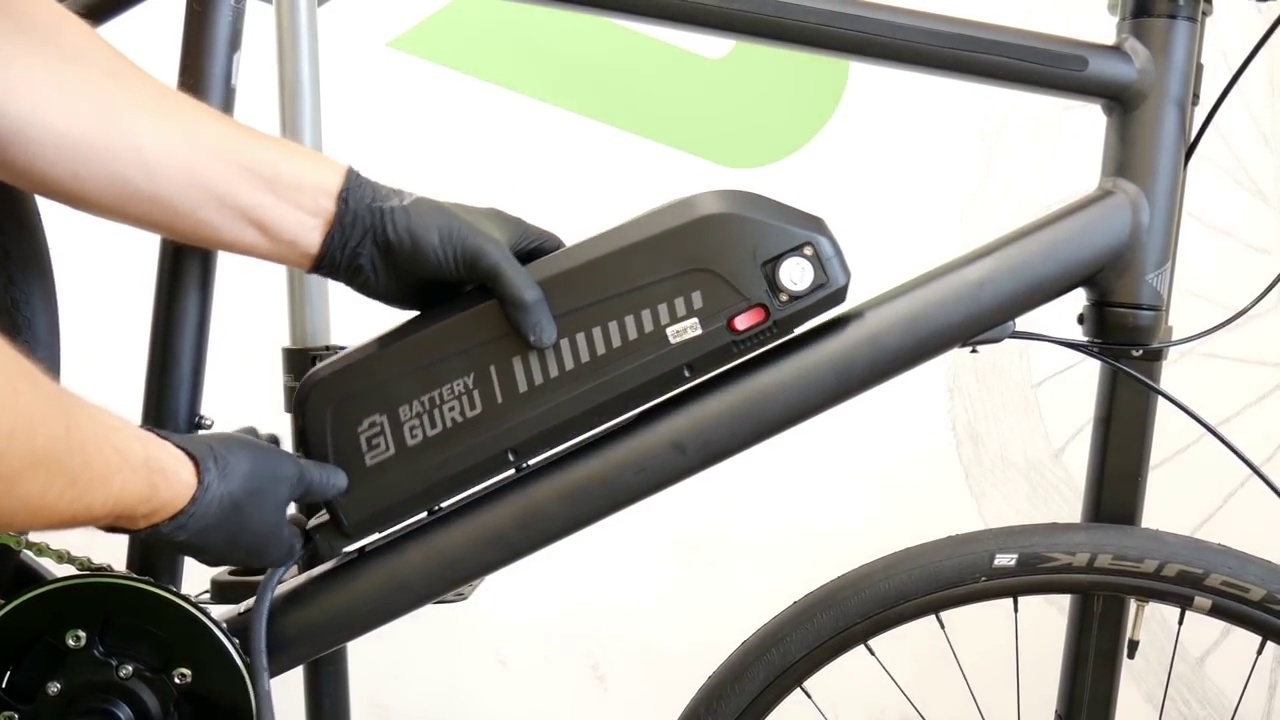Why Go Electric: The Benefits of E-Bike Conversion
Converting a traditional bike to an electric bike can be a game-changer for cyclists of all levels. By turning any bike into an electric bike, riders can experience a newfound sense of freedom and flexibility. With an e-bike, you can tackle longer distances and steeper hills with ease, making it an ideal option for commuters, recreational riders, and adventure-seekers alike. Moreover, e-bikes produce zero emissions, reducing your carbon footprint and contributing to a cleaner environment. Additionally, they require minimal maintenance and can save you money on fuel costs, making them a cost-effective mode of transportation. Whether you’re looking to upgrade your daily commute or simply want to experience the thrill of electric cycling, converting your bike to an e-bike can be a wise decision. With the ability to turn any bike into an electric bike, the possibilities are endless, and the benefits are undeniable.
Choosing the Right Conversion Kit: A Buyer’s Guide
When it comes to turning any bike into an electric bike, selecting the right conversion kit is crucial. With a wide range of options available, it’s essential to understand the different types of kits and their features to make an informed decision. Hub motor kits, for instance, are a popular choice for their ease of installation and affordability. Mid-drive motor kits, on the other hand, offer more power and efficiency, making them ideal for hilly terrain and heavy loads. Friction drive kits, meanwhile, provide a cost-effective solution for those on a budget. When choosing a conversion kit, consider factors such as motor type, power output, and compatibility with your bike’s make and model. Popular brands like Bafang, Yamaha, and Bosch offer high-quality kits that cater to different needs and preferences. By understanding the pros and cons of each kit, you can make a well-informed decision and ensure a successful conversion that meets your cycling needs.
How to Select the Perfect Battery for Your E-Bike
Selecting the right battery is a crucial step in turning any bike into an electric bike. With so many options available, it’s essential to consider factors such as range, power, and compatibility to ensure a seamless conversion. Lithium-ion batteries are a popular choice for their high energy density, long lifespan, and low self-discharge rate. Lead-acid batteries, on the other hand, offer a more affordable option with a shorter lifespan. When choosing a battery, consider the type of riding you’ll be doing, the terrain, and the weight capacity of your bike. A battery with a higher ampere-hour (Ah) rating will provide more range, while a higher voltage rating will offer more power. Additionally, ensure the battery is compatible with your conversion kit and controller to avoid any electrical issues. By selecting the perfect battery for your e-bike, you can enjoy a smooth, reliable, and efficient ride.
A Step-by-Step Guide to Converting Your Bike
Converting a traditional bike to an electric bike can seem like a daunting task, but with the right guidance, it can be a straightforward process. To turn any bike into an electric bike, follow these steps:
Step 1: Prepare Your Bike – Ensure your bike is in good working condition by checking the brakes, gears, and tires. Remove any unnecessary components, such as the pedals and crankset, to make way for the electric motor.
Step 2: Install the Motor – Choose a suitable location for the motor, such as the front or rear wheel, and attach it securely. Connect the motor to the controller and battery, ensuring all electrical connections are secure and waterproof.
Step 3: Install the Battery – Mount the battery to the bike frame, taking care to balance the weight distribution. Connect the battery to the controller and motor, ensuring all electrical connections are secure and waterproof.
Step 4: Install the Controller – Mount the controller to the bike frame, connecting it to the motor, battery, and any other electrical components. Ensure all connections are secure and waterproof.
Step 5: Add the Final Touches – Install any additional components, such as a display screen, throttle, or pedals. Test the bike to ensure all components are functioning correctly.
By following these steps, you can successfully turn any bike into an electric bike, enjoying the benefits of increased mobility, environmental sustainability, and cost-effectiveness.
Overcoming Common Conversion Challenges
When turning any bike into an electric bike, it’s not uncommon to encounter some challenges along the way. To ensure a smooth conversion process, it’s essential to be aware of potential issues and know how to troubleshoot them. Here are some common conversion challenges and tips on how to overcome them:
Wiring and Electrical Connections – One of the most critical aspects of e-bike conversion is ensuring secure and waterproof electrical connections. Use high-quality wiring and connectors, and consider consulting a professional if you’re unsure about the wiring process.
Motor Alignment – Proper motor alignment is crucial for efficient and safe operation. Ensure the motor is securely attached to the bike frame and aligned with the wheel or gear system.
Battery Installation – Battery installation can be tricky, especially when it comes to balancing the weight distribution of the bike. Consider consulting a professional or seeking guidance from the manufacturer’s instructions.
Controller Configuration – Configuring the controller can be complex, especially for those without electrical experience. Consult the manufacturer’s instructions or seek guidance from a professional to ensure proper configuration.
By being aware of these common conversion challenges and taking the necessary precautions, you can overcome any obstacles and successfully turn any bike into an electric bike.
Post-Conversion Tips: Getting the Most Out of Your E-Bike
After successfully turning any bike into an electric bike, it’s essential to optimize its performance to ensure a smooth and enjoyable ride. Here are some post-conversion tips to help you get the most out of your e-bike:
Proper Maintenance – Regularly check and maintain your e-bike’s components, including the motor, battery, and controller. This will help prevent mechanical issues and ensure optimal performance.
Tire Pressure – Maintain the recommended tire pressure to improve your e-bike’s efficiency and range. Proper tire pressure can also enhance your bike’s overall performance and safety.
Gear Shifting – Learn how to properly shift gears on your e-bike to optimize its performance and range. This will help you navigate different terrains and conditions with ease.
Battery Care – Follow proper battery care and maintenance tips to extend its lifespan and ensure optimal performance. This includes avoiding deep discharging, storing the battery in a cool dry place, and keeping it clean.
By following these post-conversion tips, you can optimize your e-bike’s performance, extend its lifespan, and enjoy a smooth and enjoyable ride. Whether you’re commuting to work or exploring new trails, your e-bike is ready to take you on an exciting adventure.
Is E-Bike Conversion Right for You?
Before deciding to turn any bike into an electric bike, it’s essential to weigh the pros and cons of e-bike conversion. While converting a traditional bike to an electric bike can offer numerous benefits, it’s crucial to consider the cost, complexity, and environmental impact of the process.
Cost – One of the primary considerations is the cost of the conversion kit and any additional components required. While the initial investment may seem significant, it’s essential to consider the long-term savings on fuel and maintenance costs.
Complexity – E-bike conversion can be a complex process, especially for those without mechanical experience. It’s essential to consider your level of comfort with DIY projects and whether you’re willing to invest time and effort into the conversion process.
Environmental Impact – E-bikes offer a more environmentally friendly alternative to traditional fossil fuel-powered vehicles. However, it’s essential to consider the environmental impact of the conversion process, including the sourcing of materials and the disposal of old components.
By carefully considering these factors, you can make an informed decision about whether e-bike conversion is right for you. Whether you’re looking to reduce your carbon footprint, increase your mobility, or simply enjoy a more exciting ride, turning any bike into an electric bike can be a rewarding and cost-effective solution.
The Future of E-Bikes: Trends and Innovations
The e-bike industry is rapidly evolving, with advancements in technology and innovative designs transforming the way we ride. As more people turn any bike into an electric bike, the demand for high-performance, eco-friendly, and convenient e-bikes continues to grow.
Battery Technology – One of the most significant developments in the e-bike industry is the advancement of battery technology. New battery designs and materials are enabling longer ranges, faster charging times, and more efficient energy storage. This has led to the development of high-performance e-bikes capable of reaching speeds of over 28mph.
Motor Design – Motor design is also undergoing a significant transformation, with the introduction of more efficient and powerful motors. These advancements have enabled e-bikes to tackle steeper inclines and heavier loads, making them more versatile and practical for daily use.
Smart Features – The integration of smart features, such as GPS, Bluetooth connectivity, and mobile apps, is revolutionizing the e-bike experience. These features enable riders to track their progress, monitor their bike’s performance, and even receive real-time traffic updates.
Sustainable Manufacturing – As the e-bike industry continues to grow, manufacturers are focusing on sustainable manufacturing practices, reducing waste, and using eco-friendly materials. This shift towards sustainability is expected to have a significant impact on the environment, reducing carbon emissions and promoting a cleaner, healthier planet.
As the e-bike industry continues to evolve, it’s clear that the future of cycling is electric. With advancements in technology, innovative designs, and a focus on sustainability, turning any bike into an electric bike is becoming an increasingly appealing option for cyclists around the world.








